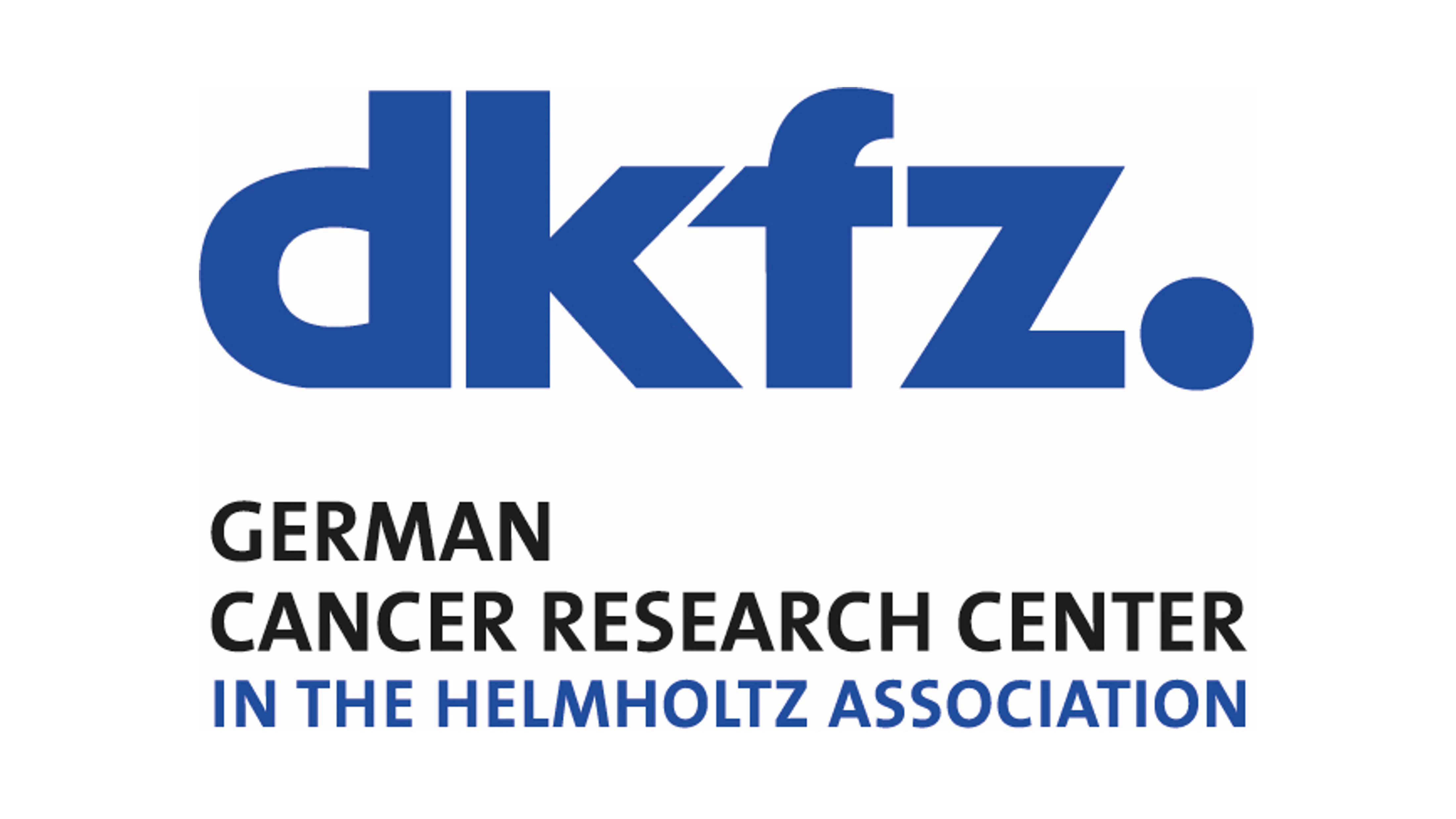
Research

Researchers from the German Cancer Research Center (DKFZ) have collaborated with the SILVACX project group at Heidelberg University to develop a therapeutic vaccination concept that can mobilize the immune system to target cancer cells. The team showed that virus peptides coupled to silica nanoparticles can elicit effective T-cell responses against HPV-related tumors. In a mouse […]
read more
Key Mechanism for Alzheimer’s Disease Discovered
Researchers identify neurotoxic protein complex – Pharmacological inhibitor opens up new perspectives for the development of effective therapies A molecular mechanism that significantly contributes to the progression of Alzheimer’s disease has been discovered by a research team led by neurobiologist Prof. Dr Hilmar Bading of Heidelberg University. In joint experiments with researchers from Shandong University […]
read more
Inhibition of cell division induces immunoreactive peptides in cancer cells
A team of scientists from the German Cancer Research Center (DKFZ) and the Netherlands Cancer Institute has discovered a previously unknown vulnerability in cancer cells: When cell division is blocked with chemotherapeutic agents such as Taxol, cancer cells produce small immunogenic peptides that could open up new avenues for immune-based cancer therapies. Frequent cell division […]
read more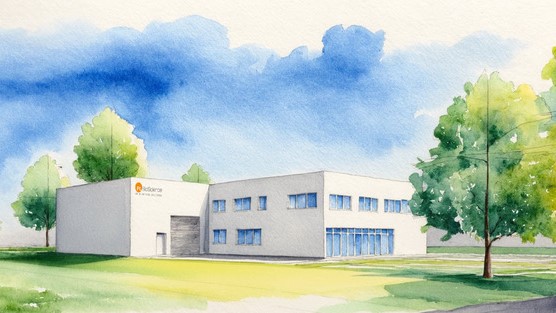
New Headquarters – PL BioScience Announces Major Site Expansion in September 2025
Key Milestone for PL BioScience as new headquarters are announced PL BioScience announced the next major step in its expansion – an upcoming move to a new 1,200 m² facility in Aachen, in September 2025. This key milestone will support the company’s growth and upscaling efforts, and provide the world’s largest HPL output, with 20,000L […]
read more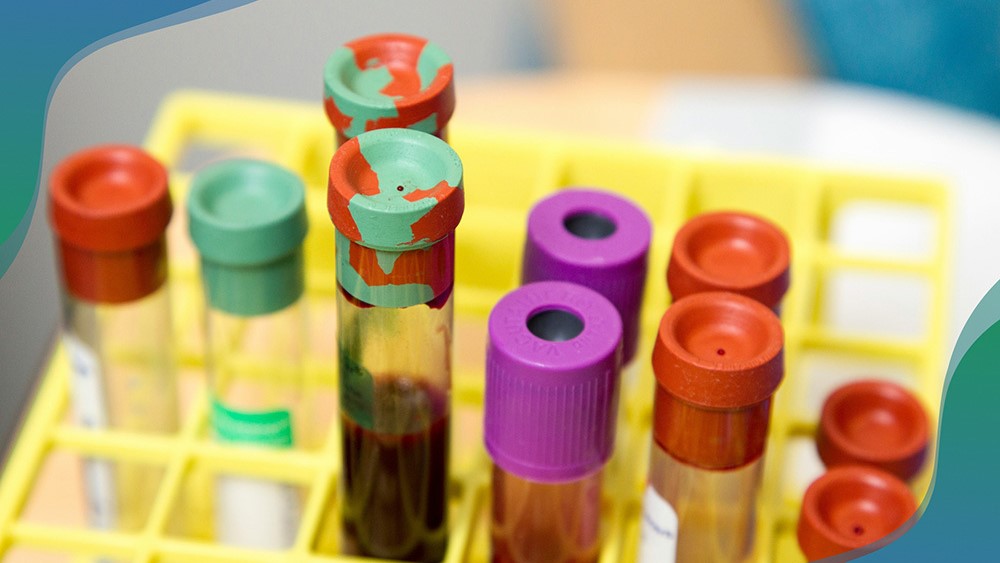
Finding a clue to the origin of treatment-resistant leukaemia in kids
New study points to stem cell-like cells as the origin of persistent disease and relapses New fundamental research could help combat treatment-resistant leukaemia and prevent relapses in children and adolescents. A group of scientists studied a certain type of leukaemia and identified individual stem cell-like cells responsible for relapses in kids. They have also precisely […]
read more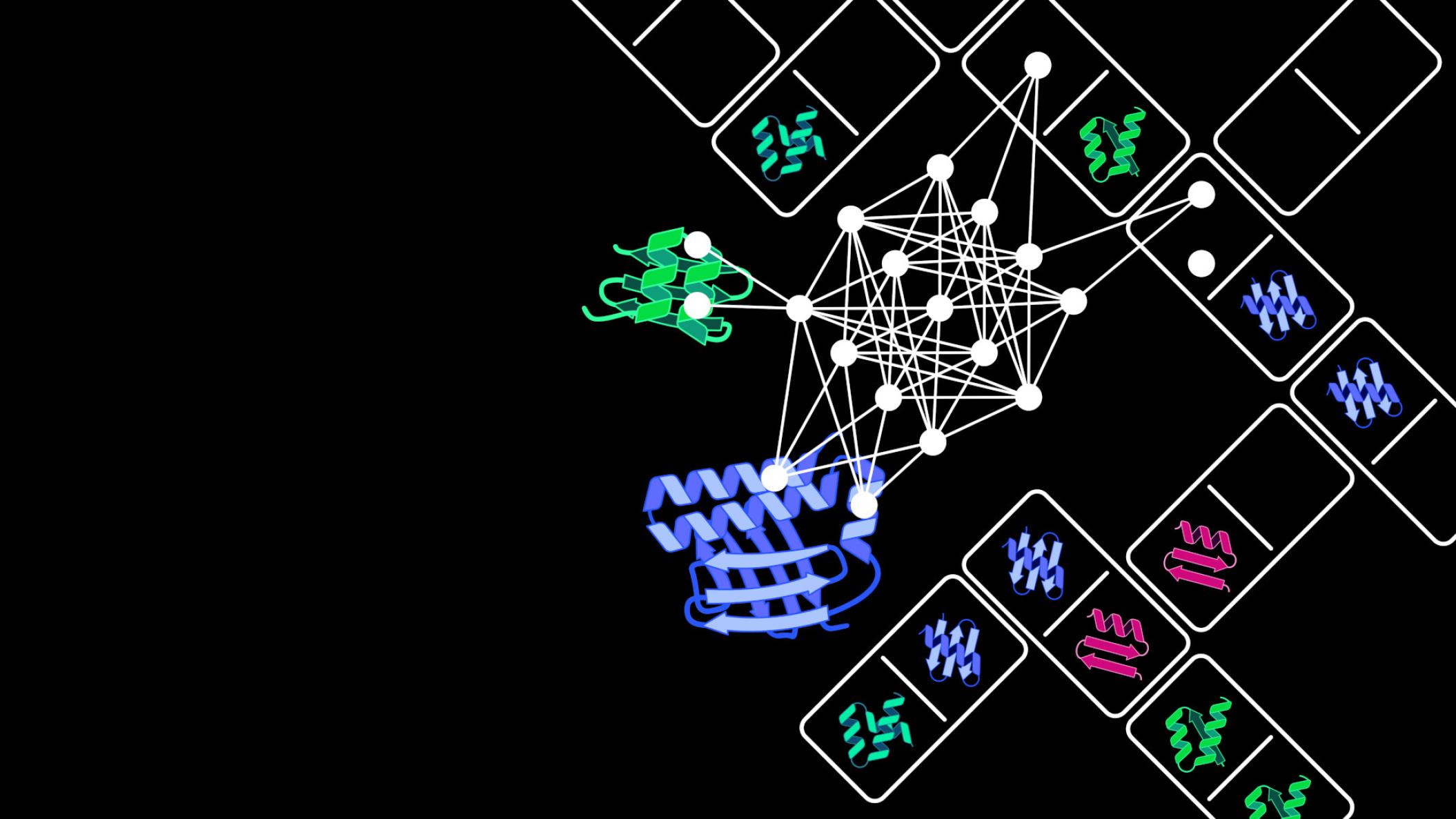
Playing Dominos: How an Artificial Protein Emerges from Fitting Together Individual Components
Heidelberg scientists develop AI model for producing new molecular machines in a targeted way The targeted engineering of artificial proteins with unique properties – that is possible with the assistance of a novel method developed by a research team led by Prof. Dr Dominik Niopek at the Institute of Pharmacy and Molecular Biotechnology (IPMB) of […]
read more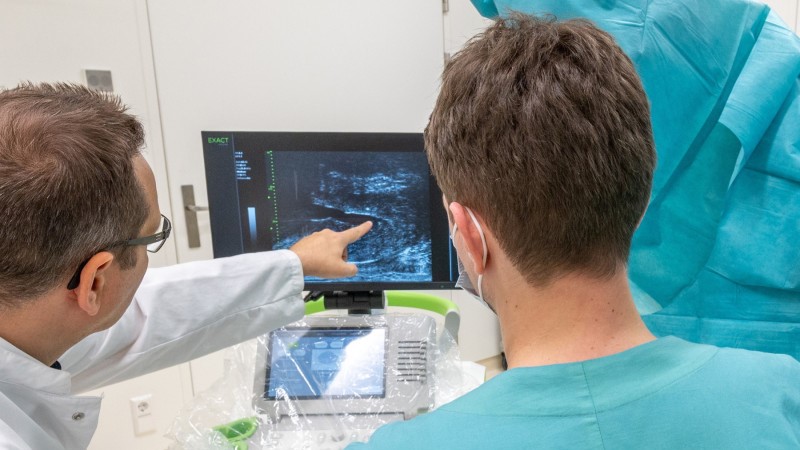
Even more precise prostate biopsy thanks to micro-ultrasound
The team at Heidelberg University Hospital’s Department of Urology, led by its new Medical Director Professor Johannes Huber, has introduced a new imaging technique called micro-ultrasound to assist with prostate biopsies in Heidelberg. This technique allows even the smallest tissue abnormalities to be targeted with great precision. Another advantage for patients is that magnetic resonance […]
read more
Freezing brain tumor cells in a dormant state
Every brain tumor is made up of cells in successive stages of activation. Researchers at the German Cancer Research Center (DKFZ) and Heidelberg University have now analyzed the individual structure of these activation pyramids in malignant brain tumors for the first time. In doing so, they discovered a signaling protein that slows down the transition […]
read more
FOXP1 syndrome: Potential therapeutic approach discovered for rare language development disorder
FOXP1 syndrome is a congenital disorder in which the brain development of affected children is severely impaired due to a genetic variant. To date, there are no treatments that target the root cause of the disorder. A research team from the Medical Faculty Heidelberg at Heidelberg University has now demonstrated in mice, that the inhibition […]
read more
